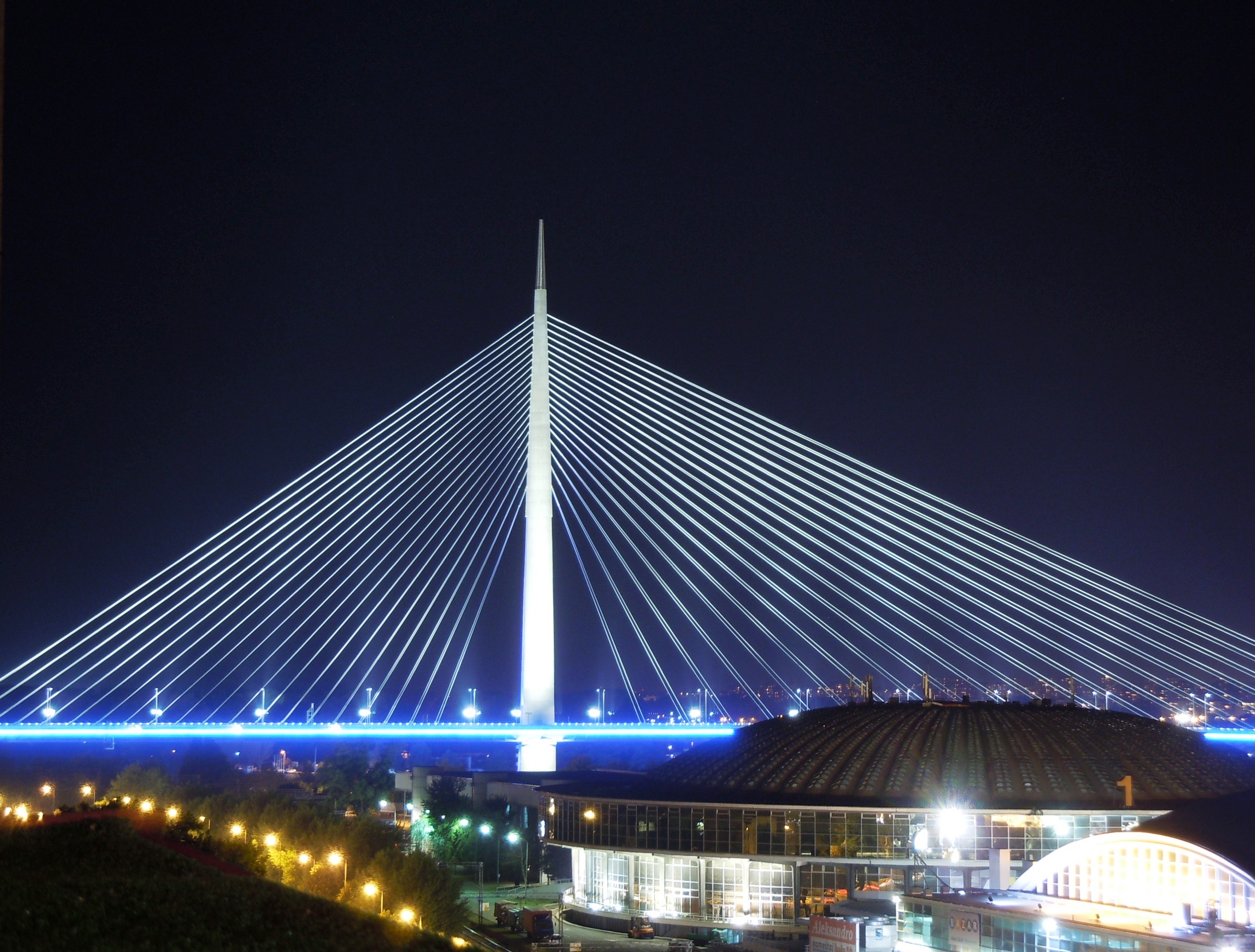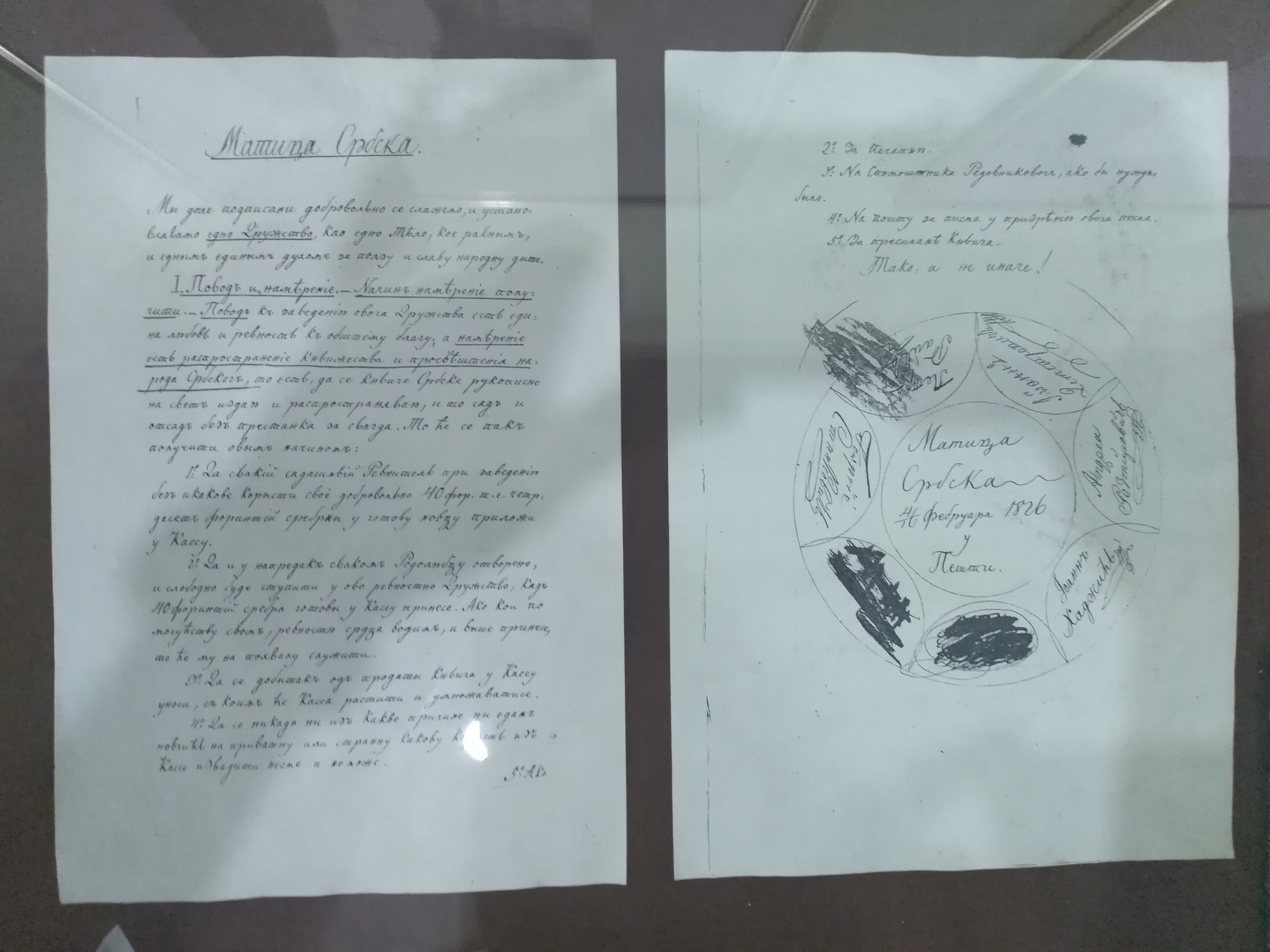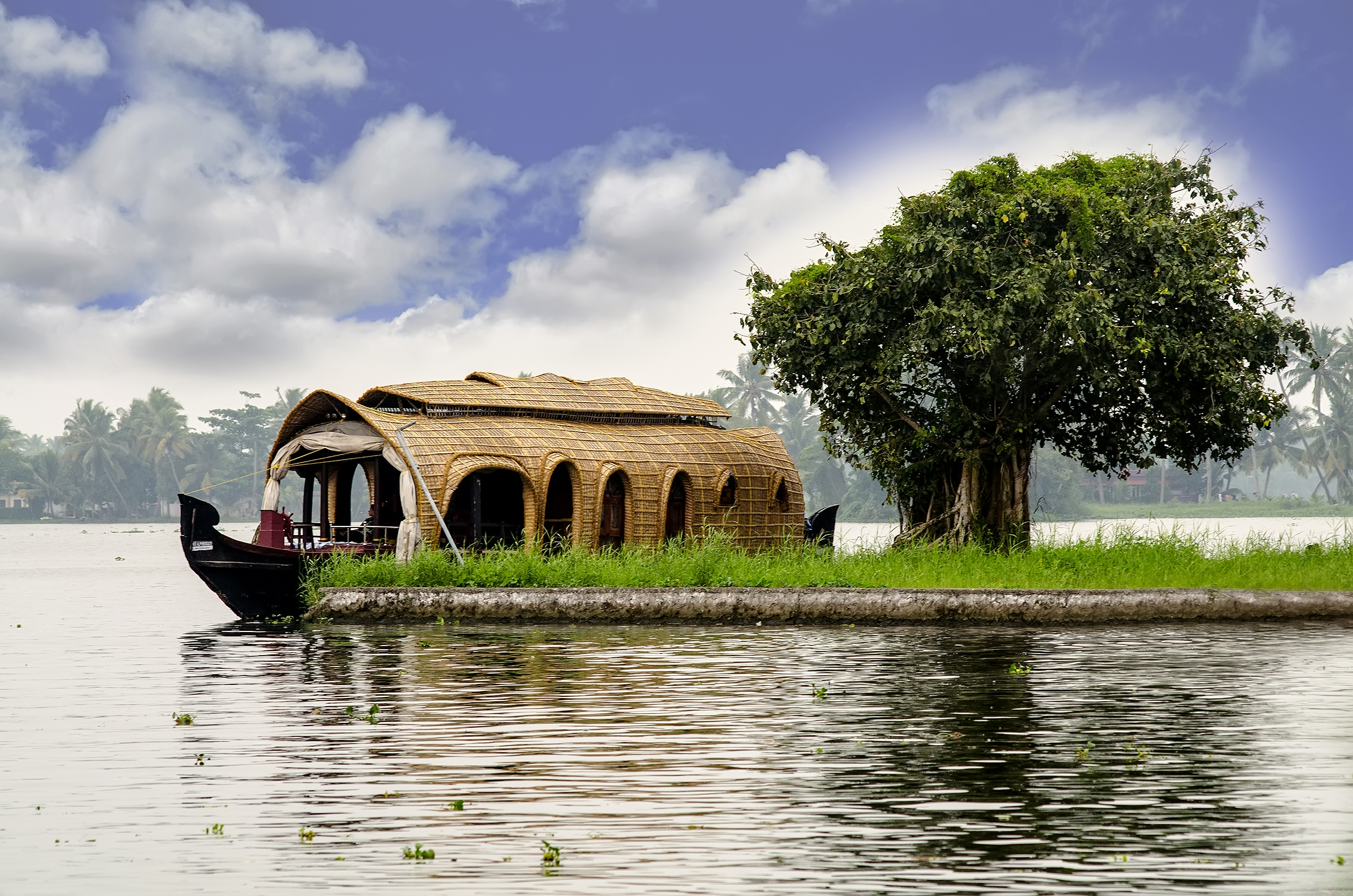|
Paviljoni
Paviljoni ( sr-cyr, Павиљони, meaning "pavilions") is an urban neighborhood of Belgrade, the capital of Serbia. It is located in Belgrade's municipality of Novi Beograd. Location Paviljoni is located in the northernmost part of the municipality of Novi Beograd, on the border with the municipality of Zemun. It borders the neighborhood of Retenzija on the east, Fontana in the south, Tošin Bunar in the west and Zemun in the north. It is bounded by the streets of ''Goce Delčev'' on the south, ''Radoja Dakića'' on the west, ''Jerneja Kopitara'' on the north and Boulevard of Mihailo Pupin in the east. Administration Paviljoni constitutes a local community (''mesna zajednica''), sub-municipal administrative unit within the municipality of Novi Beograd. It occupies residential blocks number 7, 7-a, 8 and 8-a. Built in the 1950-1960 period, it is one of the oldest sections of Novi Beograd (construction began in 1948). According to the censuses, local community of Pavil ... [...More Info...] [...Related Items...] OR: [Wikipedia] [Google] [Baidu] |
Novi Beograd
New Belgrade ( sr, / , ) is a municipality of the city of Belgrade. It is a planned city, built since 1948 in a previously uninhabited area on the left bank of the Sava river, opposite old Belgrade. In recent years, it has become the central business district of Belgrade and its fastest developing area, with many businesses moving to the new part of the city, due to more modern infrastructure and larger available space. With 214,506 inhabitants, it is the second most populous municipality of Serbia after Novi Sad. Geography New Belgrade is located on the left bank of the Sava River, in the easternmost part of the Srem region. Administratively, its northeastern section touches the right bank of the Danube, right before the Sava's confluence. It is generally located west of the 'Old' Belgrade to which it is connected by six bridges ( Ada Bridge, New Railway Bridge, Old Railway Bridge, Gazela, Old Sava Bridge and Branko's Bridge). European route E75, with five grade separatio ... [...More Info...] [...Related Items...] OR: [Wikipedia] [Google] [Baidu] |
New Belgrade
New Belgrade ( sr, / , ) is a municipality of the city of Belgrade. It is a planned city, built since 1948 in a previously uninhabited area on the left bank of the Sava river, opposite old Belgrade. In recent years, it has become the central business district of Belgrade and its fastest developing area, with many businesses moving to the new part of the city, due to more modern infrastructure and larger available space. With 214,506 inhabitants, it is the second most populous municipality of Serbia after Novi Sad. Geography New Belgrade is located on the left bank of the Sava River, in the easternmost part of the Srem region. Administratively, its northeastern section touches the right bank of the Danube, right before the Sava's confluence. It is generally located west of the 'Old' Belgrade to which it is connected by six bridges (Ada Bridge, New Railway Bridge, Old Railway Bridge, Gazela, Old Sava Bridge and Branko's Bridge). European route E75, with five grade separations, ... [...More Info...] [...Related Items...] OR: [Wikipedia] [Google] [Baidu] |
Tošin Bunar
Tošin Bunar ( sr-cyr, Тошин Бунар) is an urban neighborhood of Belgrade, the capital of Serbia. It is located in Belgrade's municipalities of New Belgrade and Zemun. Location Tošin Bunar generally refers to an area alongside the Tošin Bunar Street, over long meridionally stretched street that connects Bežanija, Novi Beograd and Zemun. It begins at Bežanijska Kosa and also passes between the neighborhoods of Franjine Rudine, Studentski Grad (where it crosses the European route E75 with large interchange), Kalvarija and Paviljoni, while in the end, through the short ''Ivićeva'' and ''Bežanijska'' streets, it enters the center of Zemun and its neighborhood of Donji Grad. History The name, ''Tošin Bunar'', is Serbian for ''Toša's water well'' and it was named after Teodor Toša Apostolović (1745–1810), Serbian merchant and philanthropist who donated the land between Bežanija and Zemun to the Serbian church municipality of Zemun. He dug a ''đera ... [...More Info...] [...Related Items...] OR: [Wikipedia] [Google] [Baidu] |
List Of Belgrade Neighbourhoods And Suburbs
Belgrade, the capital city of Serbia, is divided into seventeen municipalities, of which ten are urban and seven suburban. In this list, each neighbourhood or suburb is categorised by the municipality in which it is situated. Six of these ten urban municipalities are completely within the bounds of Belgrade City Proper, while the remaining four have both urban and suburban parts. The seven suburban municipalities, on the other hand, are completely located within suburban bounds. Municipalities of the City of Belgrade are officially divided into local communities ( Serbian: месна заједница / ''mesna zajednica''). These are arbitrary administrative units which on occasion correspond to the neighbourhoods and suburbs located in a municipality, though usually they don't. Their boundaries often change as the communities merge with each other, split from one another, or change names, so the historical and traditional names of the neighbourhoods survive. In the majority ... [...More Info...] [...Related Items...] OR: [Wikipedia] [Google] [Baidu] |
Retenzija
Retenzija ( Serbian Cyrillic: Ретензија) is an urban neighborhood of Belgrade, the capital of Serbia. It is located in Belgrade's municipality of Zemun. Location Retenzija is located in the southeastern section of urban Zemun, on the border with the municipality of Novi Beograd. It borders the neighborhoods of Donji Grad on the north, Zemunski Kej on the east and Paviljoni on the west. It is bounded by the Boulevards of Mihajlo Pupin (west) and Nikola Tesla (east) and the streets of ''Prve pruge'' (north) and '' Džona Kenedija'' (south). Characteristics Retenzija corresponds to the area of Blok 9b, one of 72 residential blocks drafted during the construction of Novi Beograd, which began in 1948. Due to the changes of the administrative borders of the city municipalities, several blocks are today part of the municipality Zemun and not Novi Beograd (9, 9a, 9b, 11, 11c, all in this area, and 50, the northernmost section of Bežanija). Retenzija is a residential area w ... [...More Info...] [...Related Items...] OR: [Wikipedia] [Google] [Baidu] |
List Of Belgrade Neighborhoods
Belgrade, the capital city of Serbia, is divided into seventeen municipalities, of which ten are urban and seven suburban. In this list, each neighbourhood or suburb is categorised by the municipality in which it is situated. Six of these ten urban municipalities are completely within the bounds of Belgrade City Proper, while the remaining four have both urban and suburban parts. The seven suburban municipalities, on the other hand, are completely located within suburban bounds. Municipalities of the City of Belgrade are officially divided into local communities ( Serbian: месна заједница / ''mesna zajednica''). These are arbitrary administrative units which on occasion correspond to the neighbourhoods and suburbs located in a municipality, though usually they don't. Their boundaries often change as the communities merge with each other, split from one another, or change names, so the historical and traditional names of the neighbourhoods survive. In the majorit ... [...More Info...] [...Related Items...] OR: [Wikipedia] [Google] [Baidu] |
Fontana (Belgrade)
Fontana ( sr, Фонтана) is an urban neighborhood of Belgrade, the capital of Serbia. It is located in the municipality of New Belgrade. Location Fontana sprawls around the intersection of ''Pariske Komune'', ''Narodnih heroja'' and ''Otona Župančiča'' streets, in the north-central section of the municipality. In the north, it extends into the neighborhood of Paviljoni, and in the west into Tošin Bunar. The local community of Fontana, sub-municipal administrative unit, covers a square shaped area bounded by the streets ''Pariske Komune'' and ''Bulevar Mihajla Pupina'' on the north, ''Bulevar Umetnosti'' on the east, ''Bulevar Arsenija Čarnojevića'' on the south and ''Narodnih heroja'' on the west. It occupies the blocks No. 1 (where the Fontana Complex itself is situated), 31, 32 and 33. Population Local communities of Fontana (formerly "25th May") and Zapadna Kapija (formerly "Sutjeska") were merged into one local community named Fontana for the 2011 censu ... [...More Info...] [...Related Items...] OR: [Wikipedia] [Google] [Baidu] |
Ninth Belgrade Gymnasium
The IX Gymnasium "Mihailo Petrović-Alas" ( sr, Девета гимназија "Михајло Петровић-Алас", Deveta gimnazija "Mihailo Petrović-Alas") is a gymnasium located in New Belgrade, Serbia, established in 1961, and named after the Serbian mathematician Mihailo Petrović-Alas. Public reputation The school has a reputation of being very academically demanding, with high entry standards: for example, in 2005, an applicant needed a score of at least 96 out of 100 points on the Serbian High school examination to enroll in the school, the highest score of any high school in Belgrade that year. The school has earned an excellent reputation over many decades and has been called a ''philosophical school'' since Đinđić's schooldays because of its liberal-humanistic atmosphere. Complete reconstruction of the gymnasium was announced in 2021. Notable alumni *Zoran Đinđić, Prime Minister of Serbia 2001-2003 *Dragan Đilas, Mayor of Belgrade *Čedomir Jovanovi ... [...More Info...] [...Related Items...] OR: [Wikipedia] [Google] [Baidu] |
Serbian Academy Of Sciences And Arts
The Serbian Academy of Sciences and Arts ( la, Academia Scientiarum et Artium Serbica, sr-Cyr, Српска академија наука и уметности, САНУ, Srpska akademija nauka i umetnosti, SANU) is a national academy and the most prominent academic institution in Serbia, founded in 1841 as Society of Serbian Letters ( sr, link=no, Друштво србске словесности, ДСС, Društvo srbske slovesnosti, DSS). The Academy's membership has included Nobel laureates Ivo Andrić, Leopold Ružička, Vladimir Prelog, Glenn T. Seaborg, Mikhail Sholokhov, Aleksandr Solzhenitsyn, and Peter Handke as well as, Josif Pančić, Jovan Cvijić, Branislav Petronijević, Vlaho Bukovac, Mihajlo Pupin, Nikola Tesla, Milutin Milanković, Mihailo Petrović-Alas, Mehmed Meša Selimović, Danilo Kiš, Dmitri Mendeleev, Victor Hugo, Leo Tolstoy, Jacob Grimm, Antonín Dvořák, Henry Moore and many other scientists, scholars and artists of Serbian and foreign ori ... [...More Info...] [...Related Items...] OR: [Wikipedia] [Google] [Baidu] |
Matica Srpska
The Matica srpska ( sr-Cyrl, Матица српска, Matica srpska, la, Matrix Serbica, grc, Μάτιτσα Σρπσκα) is the oldest Serbian language independent, non-profit, non-governmental and cultural-scientific Serbian national institution. It was founded on June 1, 1826 in Pest (today a part of Budapest) by the Serbian habsburg legislator Jovan Hadžić and other prominent members of the Serbian Revolution and National Revival. The Matica was moved to Novi Sad in 1864. It is the oldest matica in the world. The main goals are to restore and promote Serbian national and cultural identity in the fields of art, science, spiritual creativity, economy and public life as well as to care for social development of Serbia. The literary and cultural society played a huge role in the flourishing of science and culture of the Serbs of Vojvodina, Serbia. The need for national homogenization, enlightenment, as well as the publication of Serbian books, were the main reasons for ... [...More Info...] [...Related Items...] OR: [Wikipedia] [Google] [Baidu] |
Iron Gate II Hydroelectric Power Station
The Iron Gate II ( ro, Porțile de Fier II, sr, Ђердап II, translit=Đerdap II) is a large dam on the Danube River, between Romania and Serbia. Characteristics The dam is built at the Danube's . The project started in 1977 as a joint-venture between the governments of Romania and Yugoslavia for the construction of large dam on the Danube River which would serve both countries. At the time of completion in 1984 the dam had 16 units generating a total of , divided equally between the two countries at each. The Romanian part of the power station was modernised and another 2 units were installed; the nominal capacity of the 10 units was increased from to thus having an installed capacity of . The Romanian side of the power station produces approximately per annum. The Serbian part of the power station currently has 10 units with a nominal capacity of each and a total power generation capacity of . producing approximately per annum. At the celebration ceremony for the ... [...More Info...] [...Related Items...] OR: [Wikipedia] [Google] [Baidu] |
Backwater (river)
A backwater is a part of a river in which there is little or no current. It can refer to a branch of a main river, which lies alongside it and then rejoins it, or to a body of water in a main river, backed up by the sea tide or by an obstruction such as a dam. Manmade restrictions to natural stream flow or temporary natural obstructions such as ice jams, vegetation blockage, or flooding of a lower stream can create backwater. Alternative channel If a river has developed one or more alternative courses in its evolution, one channel is usually designated the main course, and secondary channels may be termed backwaters. The main river course will usually have the fastest stream and will likely be the main navigation route; backwaters may be shallower and flow more slowly, if at all. Some backwaters are rich in mangrove forest. This results in a more diverse environment of scientific interest and worthy of preservation. Backwaters also provide opportunities for leisure activities such ... [...More Info...] [...Related Items...] OR: [Wikipedia] [Google] [Baidu] |





